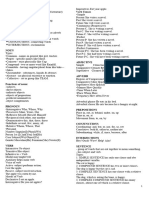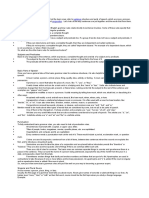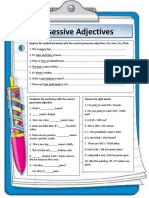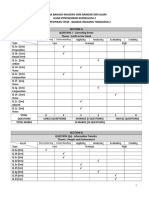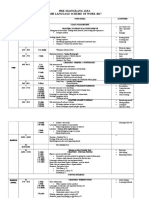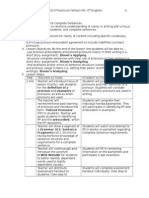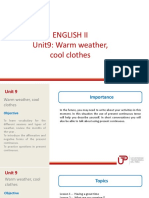0% found this document useful (0 votes)
80 views11 pagesBasic English Language Study Guide
The Basic English Language Study Guide covers essential topics such as parts of speech, sentence structure, grammar basics, punctuation, spelling rules, vocabulary building, reading comprehension, and writing skills. It includes explanations, examples, and practice exercises to reinforce learning. The guide aims to provide a solid foundation for understanding and improving English language skills.
Uploaded by
anadarsh444Copyright
© © All Rights Reserved
We take content rights seriously. If you suspect this is your content, claim it here.
Available Formats
Download as DOCX, PDF, TXT or read online on Scribd
0% found this document useful (0 votes)
80 views11 pagesBasic English Language Study Guide
The Basic English Language Study Guide covers essential topics such as parts of speech, sentence structure, grammar basics, punctuation, spelling rules, vocabulary building, reading comprehension, and writing skills. It includes explanations, examples, and practice exercises to reinforce learning. The guide aims to provide a solid foundation for understanding and improving English language skills.
Uploaded by
anadarsh444Copyright
© © All Rights Reserved
We take content rights seriously. If you suspect this is your content, claim it here.
Available Formats
Download as DOCX, PDF, TXT or read online on Scribd
/ 11


















